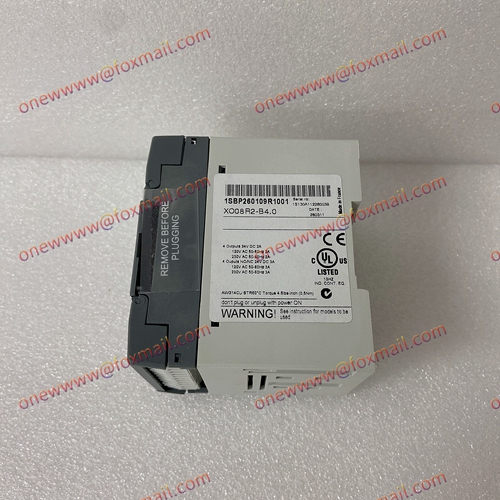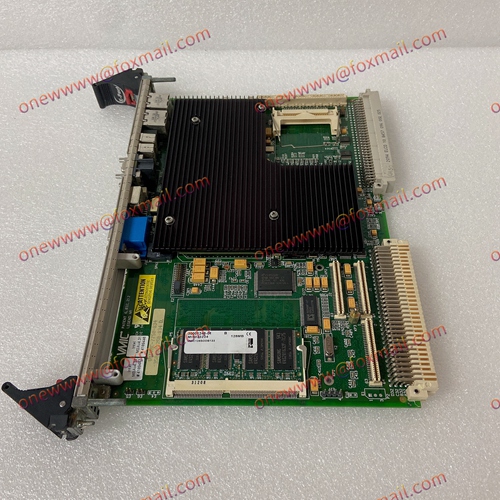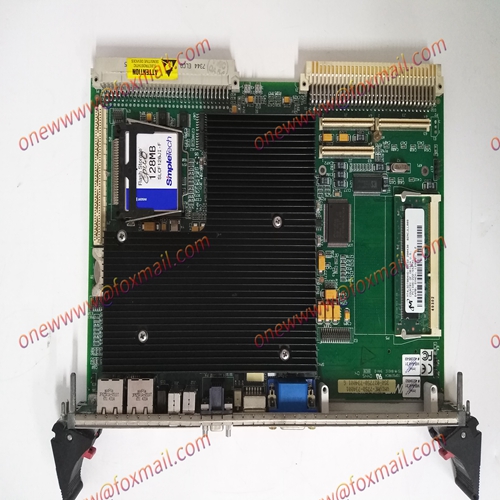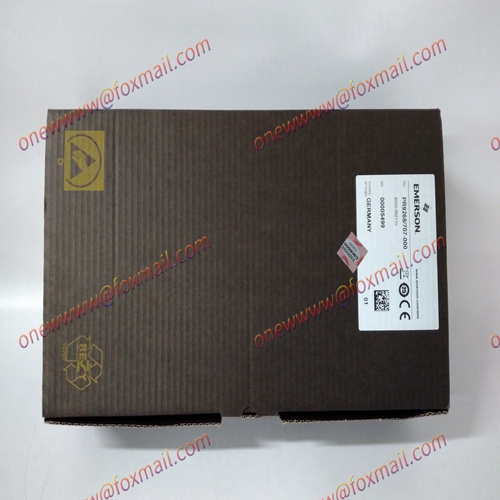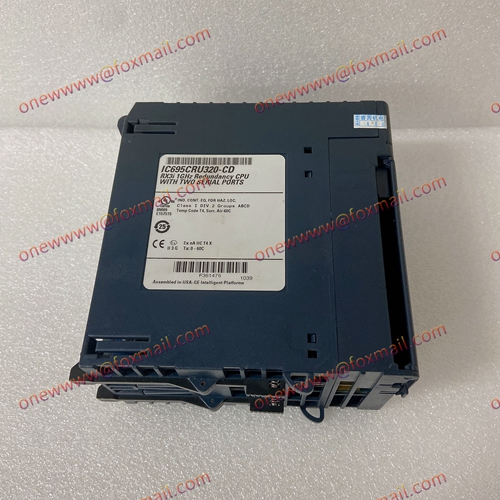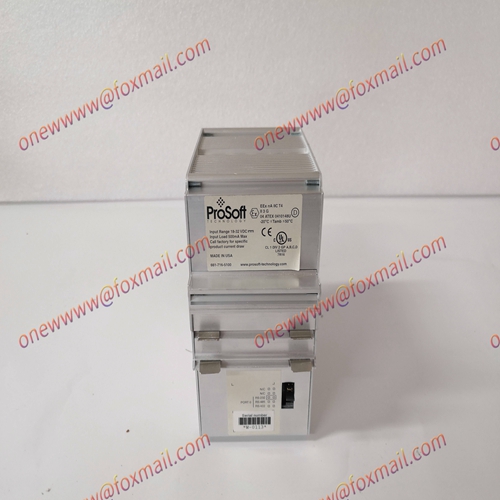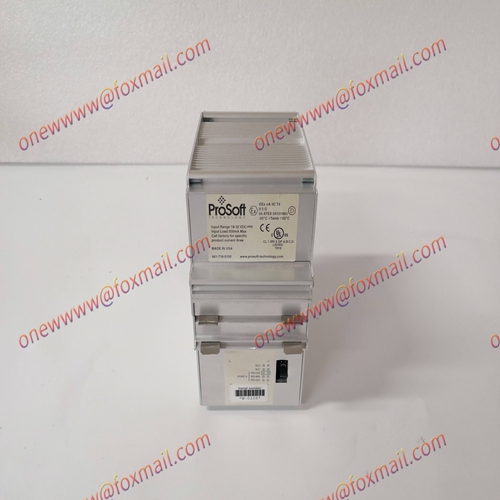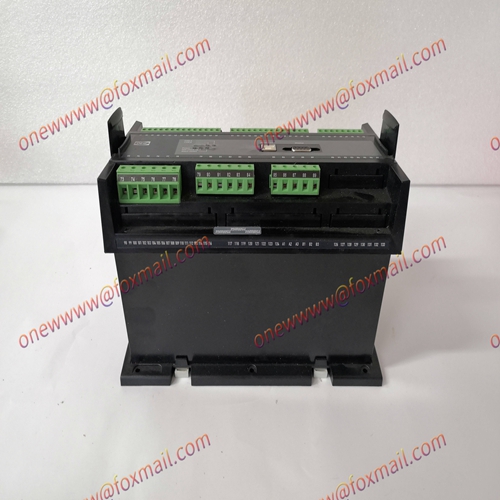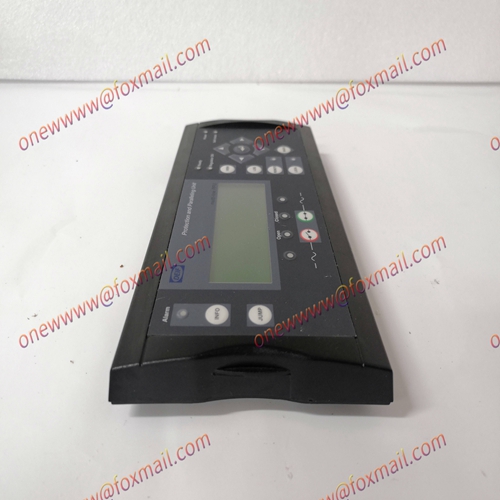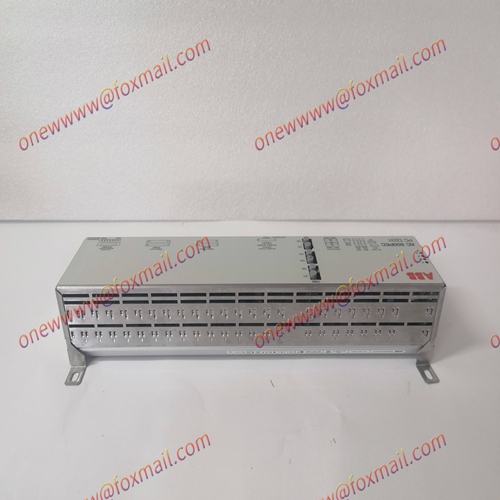ABB XO08R2 1SBP260109R1001 Relay Output Expansion Module
The ABB XO08R2 1SBP260109R1001 is a relay output expansion module designed for use with the ABB AC500 PLC system. It provides additional digital output capabilities for industrial control and automation applications.
Some of the key features of the ABB XO08R2 relay output expansion module include:
- 8 digital relay output channels for controlling a wide range of industrial equipment and processes
- Support for output voltages up to 250 VAC/30 VDC and output currents up to 5A
- Support for both normally open (NO) and normally closed (NC) output configurations
- LED indicators for output status and module diagnostics
- Easy installation and configuration using the ABB AC500 PLC system.
To use the ABB XO08R2 relay output expansion module, the following steps may be taken:
- Install the module in the appropriate slot on the ABB AC500 PLC system.
- Connect the appropriate power supply and communication cables to the module.
- Configure the module settings using the ABB Automation Builder software. This includes setting the output channel configurations, such as output voltage, output current, and other digital output settings.
- Program the module using Structured Text (ST), Ladder Diagram (LD), or other programming languages supported by the ABB Automation Builder software.
- Perform functional testing of the system to ensure proper operation.
Overall, the ABB XO08R2 relay output expansion module is a critical component in industrial control systems, providing additional digital output capabilities for controlling a wide range of industrial equipment and processes.

